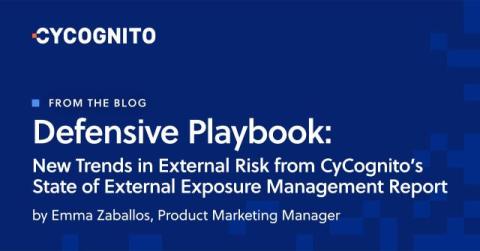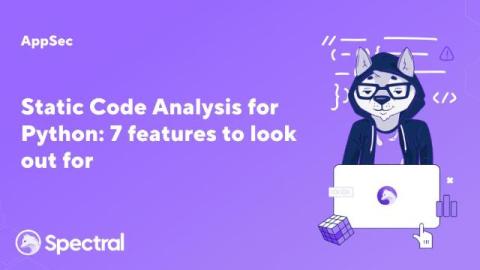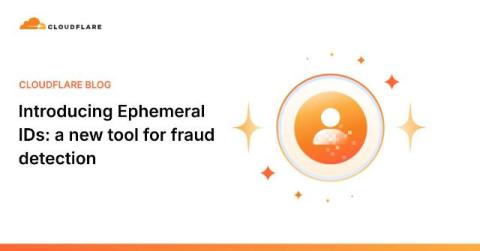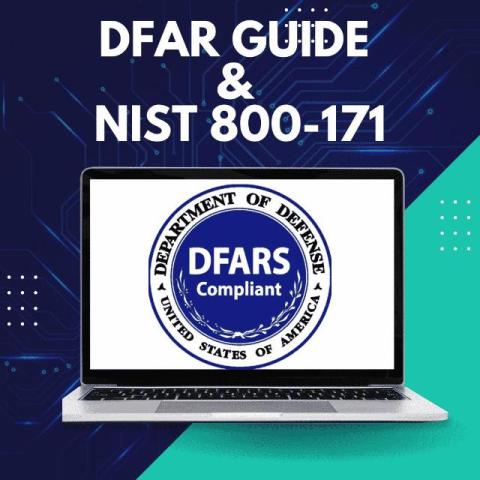Defensive Playbook: Understanding New Trends in External Risk with CyCognito's State of External Exposure Management Report
We just published our 2024 State of External Exposure Management Report. In this report, we looked at where serious issues hide on the average attack surface, how basic protections can help (or fail to) protect critical assets, and the ways that deprioritizing issues can help security teams spend their time on the right vulnerabilities.










